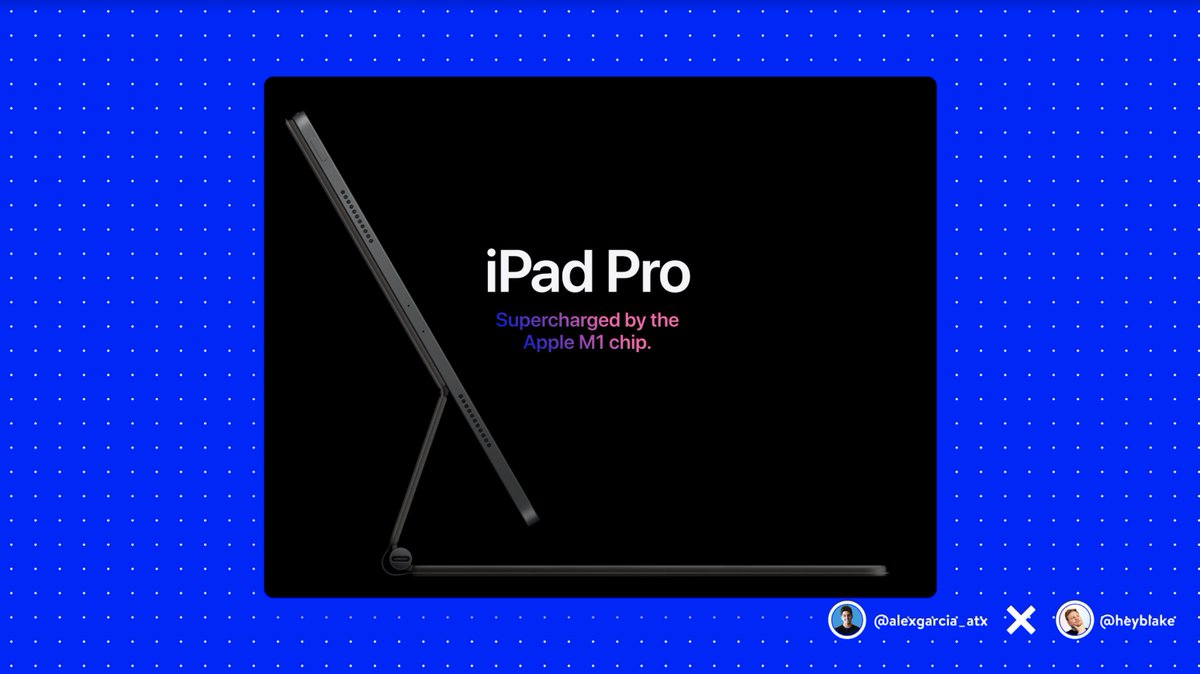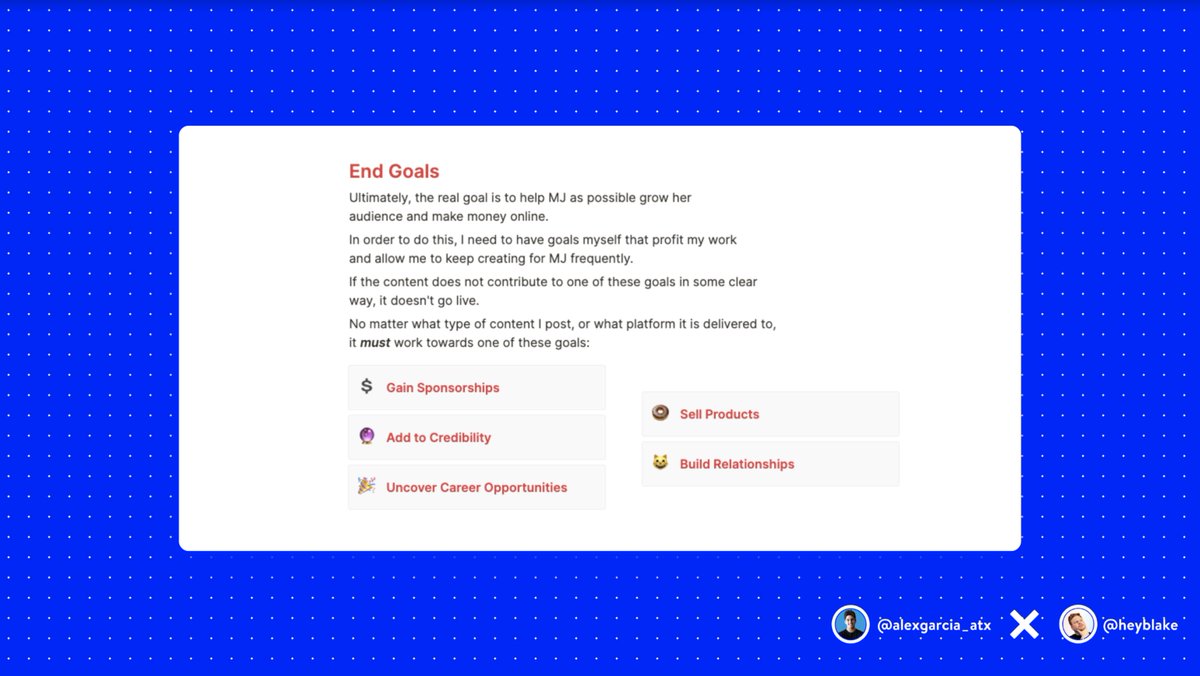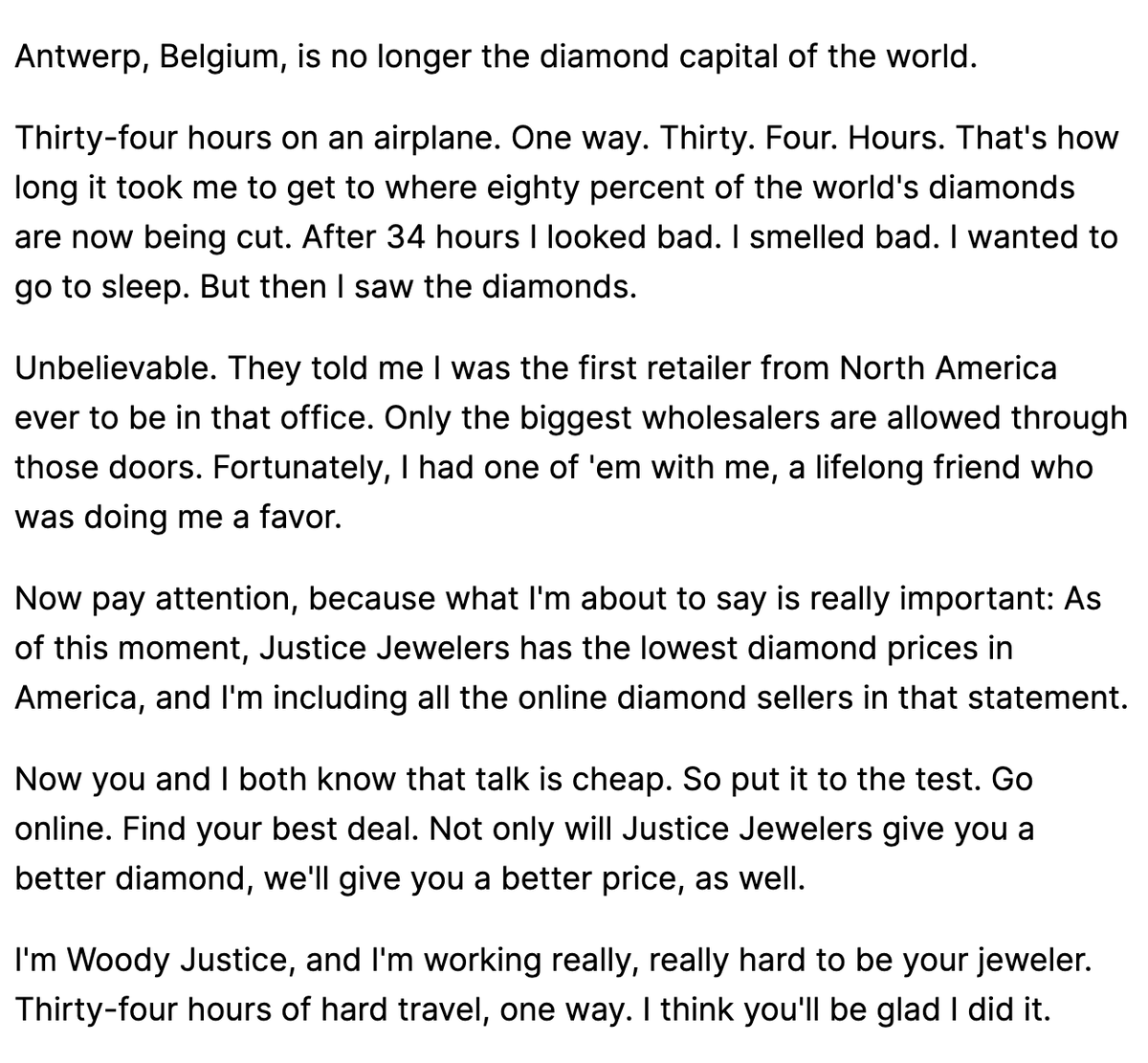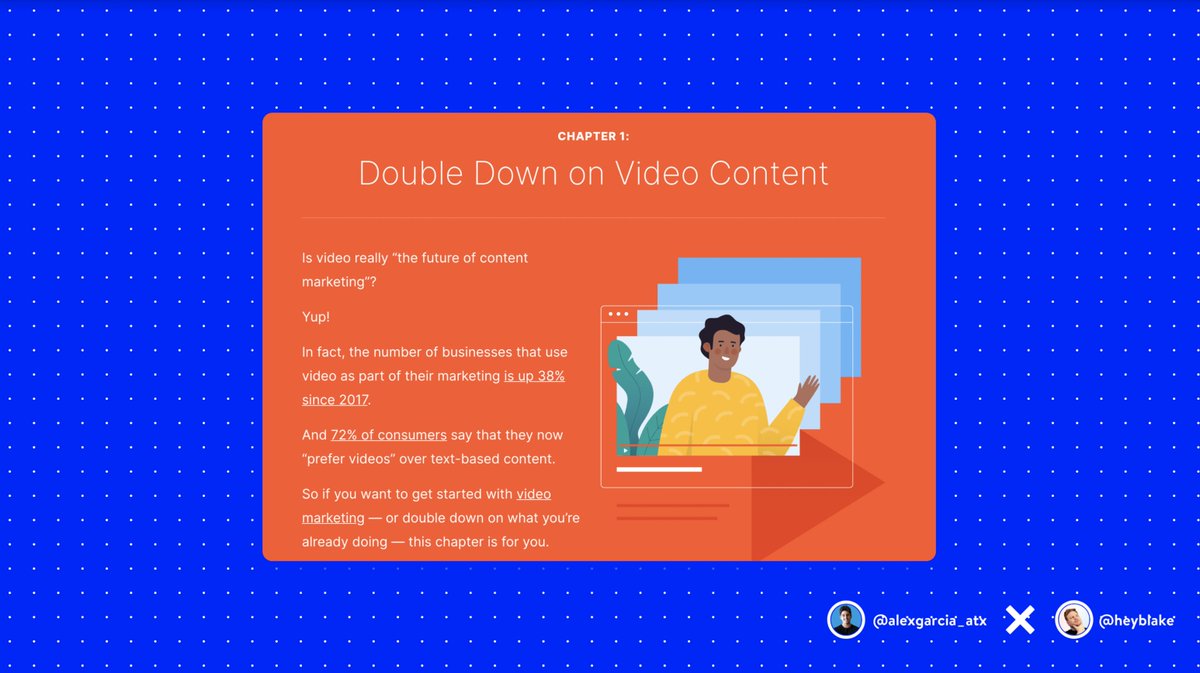The secret for SEO success is not advanced strategies & cutting edge ideas.
It's a simple plan paired with consistent execution.
To succeed, view SEO through the proper lens -- building equity into online presence.
It takes time & effort.
The 5-Step Simple SEO Strategy:
1. Keyword Research:
Identify the search terms that have a combination of search volume & intent.
Intent = why is this being searched?
Types of Keyword Intent:
Information: Shoes
Brand: Nike Shoes
Purchase: Best basketball shoes
Mix in all 3 -- to drive traffic & conversions.
The further down the funnel, the less volume, but higher purchasing intent.
2. On Page SEO:
Insert keywords into the proper places, so search engines understand site topic and target keywords.
- Page Titles
- Meta Descriptions
- Alt Text
- Content Structure (H1/H2/H3)
These are signals that algorithms use as information to influence rankings.
Anecdotally, I've seen keywords get into top 10 positions by updating page titles alone.
Without signaling algorithms, they can't understand the content well enough to recommend a site.
The image below shows the right places to insert most on-page elements.
3. Off Page SEO:
The act of getting other websites to link back to yours -- to improve perceived authority with search engines.
Higher authority = higher rankings
There are 3 types of links:
Citations: Google Business Profile, Yelp, etc.
Contextual: Another sites content has a link pointing back to your site. The link is embedded under brand name or keyword.
Guest Posting: Share high-value content to other sites in your niche to post.
4. Technical SEO:
Improve rankings by making it easy for search engines & humans to use your site.
Includes:
- Fast load
- Robots.txt file set up properly
- No broken links
- No duplicate content
- Structured data (for additional context)
- Clear URL structure/sitemap
Be sure to upload the XML sitemap to Google Search Console.
XML sitemaps are directions for Google to interpret website pages correctly.
Failing to upload makes it harder to get indexed & ranked by Google.
Using CMS' like WordPress or Webflow make technical SEO easier.
At its core, it's about good user experience & making it possible to be crawled.
Technical SEO will require some ongoing maintenance as search engine protocols change frequently.
5. Content
Create 1500 words of content per week & traffic will skyrocket.
Content should have optimal on-page structure & be targeted at both direct and tangential topics.
Include target keywords in the URL, Title, H1, ALT text & provide supporting content.
A *consistent* content effort yields the highest ROI of any SEO activity.
Focus on creating useful content that includes custom infographics, links to other sites & calls to action.
6. BONUS - Local Pages
For multi-location or local service businesses, build local pages unique to each geography.
This will help rank for local keywords like:
"Junk Removal NYC"
Large companies do this exceptionally well.
Local content is highly correlated with improved conversion rates.
Local content feels personalized & signals that the company operates in that area - making it a trusted option.
Highly, highly recommend investing the time to build out local pages if applicable.
These are the 6 cornerstones of driving high-value organic traffic.
But how can you get started?
Here is the stack of tools I use:
SEMRush & Ahrefs for:
Keyword research, keyword rankings, and identifying technical issues
Google Search Console for:
Search impression/click data directly from Google.
Yoast for:
Top SEO plugin for WordPress, enabling easy implementation.
Google Page Speed Insights for:
Information on site speed and technical factors.
In subsequent threads:
I will dive deeper into each step - but this high-level overview is the place to start.
SEO takes time & effort - but the payoff is worth it.
The best time to start was 10 years ago, the second best time is today!
If you found this helpful, please RT the 1st tweet so others can find it.
Follow me
@barrettjoneill for more content on business, growth, & SEO.








